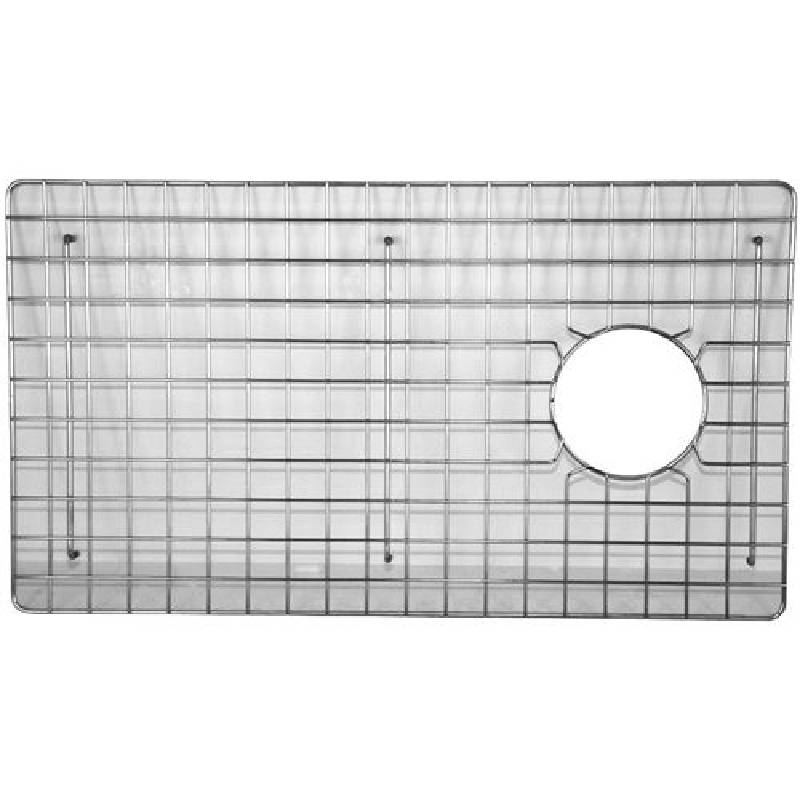
- Mobile Phone
- +8613931874955
- sales@cntcmetal.com
Horizontal Joint Reinforcement Techniques for Enhanced Masonry Structural Integrity
Horizontal Joint Reinforcement in Masonry An Overview
Masonry structures have long been celebrated for their aesthetic appeal and durability. However, the longevity and integrity of masonry buildings depend significantly on their design and construction techniques, particularly regarding horizontal joint reinforcement. This article explores the importance of horizontal joint reinforcement in masonry, its types, installation methods, and the benefits it provides.
Importance of Horizontal Joint Reinforcement
Horizontal joint reinforcement plays a critical role in enhancing the structural performance of masonry walls. Its primary function is to provide lateral support, improve the overall stability of the wall, and mitigate the effects of various forces such as wind or seismic activities. This reinforcement is particularly crucial in taller structures where the potential for lateral movement increases.
Masonry walls are inherently strong in compression but may fail in tension. Horizontal joint reinforcement addresses this vulnerability by increasing tensile strength, helping to prevent cracks and enhance the resilience of the structure under stress. Moreover, it plays a vital part in controlling the width of cracks that can develop in masonry walls due to shrinkage or thermal expansion.
Types of Horizontal Joint Reinforcement
There are various types of horizontal joint reinforcement used in masonry construction. The most common materials include galvanized steel, stainless steel, and even fiber-reinforced polymers in advanced applications. Each type has its own set of advantages, with galvanized steel being the most prevalent due to its durability and resistance to corrosion.
In terms of profiles, the most typical forms of horizontal joint reinforcement are ladder and truss types. Ladder reinforcement consists of two horizontal wires connected by vertical wires, resembling a ladder. This design facilitates even load distribution across the masonry wall. Truss reinforcement features additional diagonal wires, providing increased stability and resistance to lateral forces.
Installation Methods
horizontal joint reinforcement masonry

The installation of horizontal joint reinforcement must be conducted with precision to ensure its effectiveness. It is typically embedded within the mortar joints of masonry units during construction. The reinforcement is placed at regular intervals, frequently every 16 inches vertically, although this can vary based on the design and requirements of the structure.
Proper alignment and positioning of the reinforcement are crucial for optimal performance. The ends of the reinforcement should be lapped sufficiently to ensure load transfer and continuity. Additionally, care must be taken to ensure that the reinforcement does not interfere with the overall aesthetic of the masonry.
Benefits of Horizontal Joint Reinforcement
The benefits of using horizontal joint reinforcement in masonry construction are manifold. Firstly, it significantly enhances the structural integrity of the walls, thereby extending the lifespan of the building. Structures equipped with horizontal reinforcement can better withstand environmental stresses, which translates to lower maintenance costs and fewer repairs over time.
Furthermore, horizontal joint reinforcement can also contribute to the overall energy efficiency of a building. By controlling cracks and maintaining the integrity of the building envelop, it helps improve insulation and reduces energy consumption associated with heating and cooling.
In seismic-prone areas, the value of horizontal joint reinforcement cannot be overstated. It improves the ductility of masonry walls and helps them resist the lateral forces produced during an earthquake, thus reducing the risk of structural failure.
Conclusion
In conclusion, horizontal joint reinforcement is an essential component of masonry construction that enhances structural integrity, reduces the risk of cracking, and improves the overall resilience of buildings against lateral forces. By employing various types of reinforcement and ensuring proper installation, builders can create masonry structures that not only stand the test of time but also provide safety and efficiency to their occupants. As the construction industry continues to innovate, the role of reinforcement techniques like horizontal joint reinforcement will remain pivotal in the pursuit of sustainable, durable, and aesthetically pleasing masonry buildings.
share:
-
Why Sacrificial Formwork Is Redefining Underground ConstructionNewsJun.06,2025
-
The Structural Dynamics of Modern Concrete: How Snake Spacers Revolutionize Flexible ReinforcementNewsJun.06,2025
-
Snake Spacers Smart-Lock Concrete Reinforcement with Surgical PrecisionNewsJun.06,2025
-
Snake Spacers: Reinforcement Precision for Modern Concrete ProjectsNewsJun.06,2025
-
Snake Spacers Powering Concrete's Structural DNANewsJun.06,2025
-
Slither into Success: Snake Spacers' Precision Bite for Unbreakable ReinforcementNewsJun.06,2025
-
Sacrificial Formwork: Building Stronger, Faster, and Safer StructuresNewsJun.06,2025



















